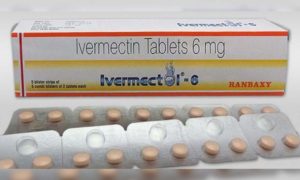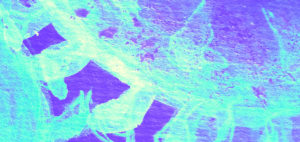Ingredients these days, another language
I was perusing the already prepared dinner section in the grocery aisle yesterday to see what kind of progress they made in the industry since the era of microwave slop popular in the ’70s and ’80s. I was shocked. When I had a look at the ingredients list, I didn’t recognize one ingredient–not one! It was as if I was reading a different language with all the bizarre ingredients that they threw in this dinner, which presumably resembled real food.
Well, to my embarrassment, it turns out that the ingredients list I was reading actually WAS in another language–Spanish, to be exact. Well, I’m not to proud to admit that my espanol needs a little work, but the prepared meal wasn’t so bad after all.
In English, the ingredients looked reasonably natural, vegetables and shrimp being the top ingredients. There were only a few ingredients that looked more like a character out of Star Trek than an actual food item. And the obvious deal breaker partially hydrogenated oil was absent.
However, if you want to maintain a strictly natural diet, it’s best to stay away from even the most natural of these prepared meals as oftentimes, they can contain obnoxious amounts of fat and sugar to enhance the flavor and the manufacturers can sneak in ingredients like hydrolyzed soy protein, which SoyInfo.com has described as:
The extraction process of hydrolysis involves boiling in a vat of acid (e.g., sulfuric acid) and then neutralizing the solution with a caustic soda. The resultant sludge is scraped off the top and allowed to dry. In addition to soy protein it contains free-form excitotoxic amino acids (e.g., MSG) and other potentially harmful chemicals including cancer-causing chemicals in many cases. A newer method of hydrolysis involves the use of bacteria by itself or in addition to the chemical processes described above. There is a possibility that genetically-manipulated bacteria may be used.





